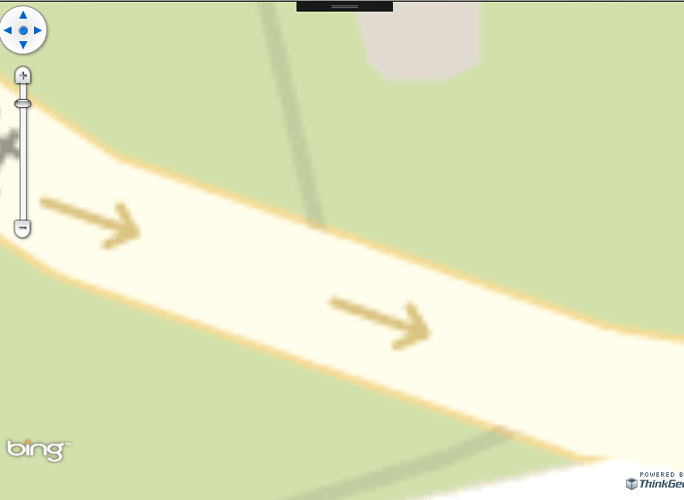When using Aerial/Hybrid for Bing map the application will crash if there is no internet connection
I have duplicated this issue using BackgroundMapSwitchingSample-ForWpf sample code. I switched to bing aerial maps, switch off my wifi and pan to a new area and receive the following exception:
Unhandled Exception:
Unhandled Exception: System.Net.WebException: The remote name could not be resolved: ‘ecn.t2.tiles.virtualearth.net’
at ThinkGeo.MapSuite.Wpf.Tile.DrawException(GeoCanvas geoCanvas, Exception exception)
at ThinkGeo.MapSuite.Wpf.Tile.Draw(GeoCanvas geoCanvas)
at ThinkGeo.MapSuite.Wpf.Tile.hFY=(Object status)
at System.Threading.QueueUserWorkItemCallback.WaitCallback_Context(Object state)
at System.Threading.ExecutionContext.RunInternal(ExecutionContext executionContext, ContextCallback callback, Object state, Boolean preserveSyncCtx)
at System.Threading.ExecutionContext.Run(ExecutionContext executionContext, ContextCallback callback, Object state, Boolean preserveSyncCtx)
at System.Threading.QueueUserWorkItemCallback.System.Threading.IThreadPoolWorkItem.ExecuteWorkItem()
at System.Threading.ThreadPoolWorkQueue.Dispatch()
at System.Threading._ThreadPoolWaitCallback.PerformWaitCallback()
This is the same issue that is occurring in our application.

